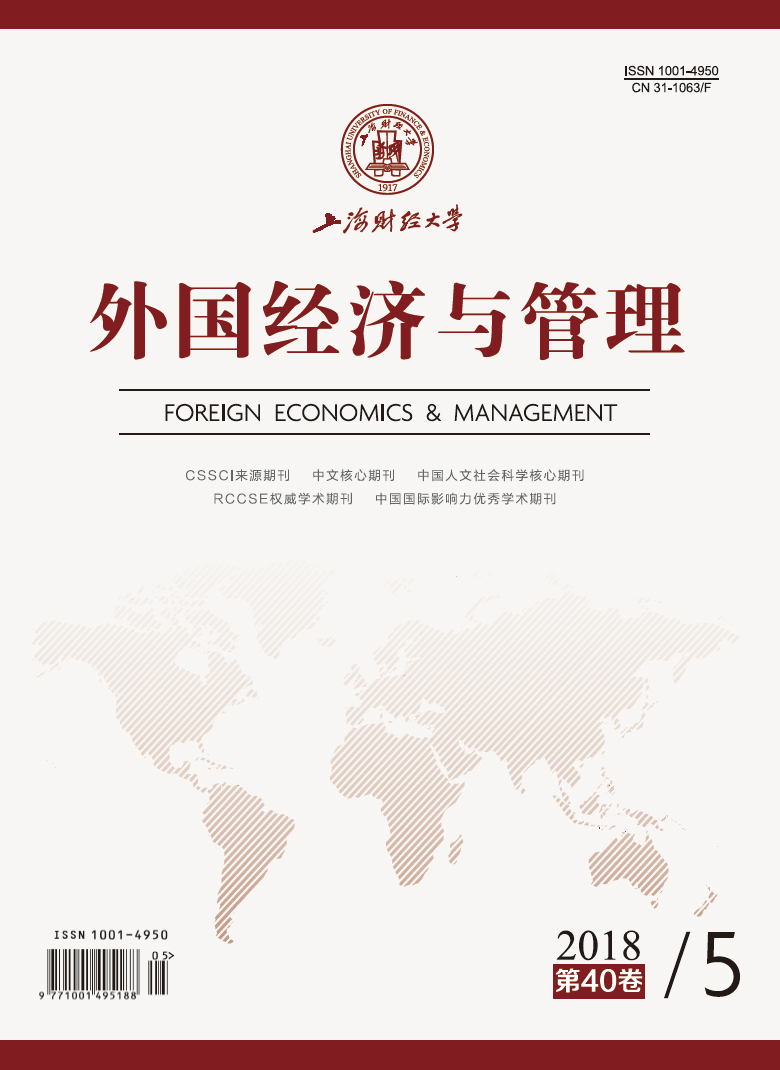变革型领导与创造力的关系是在充满竞争和不确定性组织变革情境下必然产生的研究主题。本文系统梳理了变革型领导对多层面创造力的双刃剑效应,从促进机制来看,变革型领导分别通过动机、认知、情绪机制促进个体创造力,从团队认知、团队互动机制提升团队创造力;从抑制机制看,变革型领导分别通过认知、情绪机制抑制个体创造力,从团队认知、团队互动机制阻碍团队创造力;此外,还归纳了变革型领导与创造力之间存在的复杂曲线关系。未来研究应从均衡观出发强化变革型领导的阴面研究,从系统观出发揭示变革型领导维度与创造力的关系,从整合观出发深入探索变革型领导影响创造力的复杂机理,从权变观出发探讨变革型领导影响创造力的边界条件,从情境观出发推动变革型领导影响创造力的跨文化研究,从方法学出发提高变革型领导影响创造力研究方法的多样性与科学性水平。
变革型领导对多层面创造力的双刃剑效应
摘要
参考文献
8 宋晶, 陈菊红, 孙永磊. 核心企业领导风格、组织间信任与合作创新绩效的关系研究[J]. 中国科技论坛, 2013, (11): 73–78. DOI:10.3969/j.issn.1002-6711.2013.11.013
11 徐兵, 石冠峰. 变革型领导对团队创造力的影响机制研究: 团队反思与团队边界管理的中介作用[J]. 科技管理研究, 2014, (18): 19–25. DOI:10.3969/j.issn.1000-7695.2014.18.004
12 Baer M D, Dhensa-Kahlon R K, Colquitt J A, et al. Uneasy lies the head that bears the trust: The effects of feeling trusted on emotional exhaustion[J]. Academy of Management Journal, 2015, 58(6): 1637–1657. DOI:10.5465/amj.2014.0246
13 Boies K, Fiset J, Gill H. Communication and trust are key: Unlocking the relationship between leadership and team performance and creativity[J]. The Leadership Quarterly, 2015, 26(6): 1080–1094. DOI:10.1016/j.leaqua.2015.07.007
14 Carmeli A, Sheaffer Z, Binyamin G, et al. Transformational leadership and creative problem-solving: The mediating role of psychological safety and reflexivity[J]. Journal of Creative Behavior, 2014, 48(2): 115–135. DOI:10.1002/jocb.43
15 Dinh J E, Lord R G, Gardner W L, et al. Leadership theory and research in the new millennium: Current theoretical trends and changing perspectives[J]. The Leadership Quarterly, 2014, 25(1): 36–62. DOI:10.1016/j.leaqua.2013.11.005
16 Eisenbeiß S A, Boerner S. A double-edged sword: Transformational leadership and individual creativity[J]. British Journal of Management, 2013, 24(1): 54–68. DOI:10.1111/bjom.2013.24.issue-1
17 Henker N, Sonnentag S, Unger D. Transformational leadership and employee creativity: The mediating role of promotion focus and creative process engagement[J]. Journal of Business and Psychology, 2015, 30(2): 235–247. DOI:10.1007/s10869-014-9348-7
18 Herrmann D, Felfe J. Effects of leadership style, creativity technique and personal initiative on employee creativity[J]. British Journal of Management, 2014, 25(2): 209–227. DOI:10.1111/bjom.2014.25.issue-2
19 Huang L, Krasikova D V, Liu D. I can do it, so can you: The role of leader creative self-efficacy in facilitating follower creativity[J]. Organizational Behavior and Human Decision Processes, 2016, 132: 49–62. DOI:10.1016/j.obhdp.2015.12.002
21 Jin S, Seo M G, Shapiro D L. Do happy leaders lead better? Affective and attitudinal antecedents of transformational leadership[J]. The Leadership Quarterly, 2016, 27(1): 64–84. DOI:10.1016/j.leaqua.2015.09.002
22 Kollmann T, Stöckmann C, Krell P, et al. Integrating dependency on the leader and empowerment into transformational leadership-creative performance relationship[J]. Central European Business Review, 2013, 2(1): 7–14. DOI:10.18267/j.cebr.33
23 Lau D C, Lam L W, Wen S S. Examining the effects of feeling trusted by supervisors in the workplace: A self-evaluative perspective[J]. Journal of Organizational Behavior, 2014, 35(1): 112–127. DOI:10.1002/job.1861
24 Mittal S, Dhar R L. Transformational leadership and employee creativity: Mediating role of creative self-efficacy and moderating role of knowledge sharing[J]. Management Decision, 2015, 53(5): 894–910. DOI:10.1108/MD-07-2014-0464
25 Mueller J S. Why individuals in larger teams perform worse[J]. Organizational Behavior and Human Decision Processes, 2012, 117(1): 111–124. DOI:10.1016/j.obhdp.2011.08.004
27 Tsai W C, Chi N W, Grandey A A, et al. Positive group affective tone and team creativity: Negative group affective tone and team trust as boundary conditions[J]. Journal of Organizational Behavior, 2012, 33(5): 638–656. DOI:10.1002/job.775
28 van Knippenberg D, Sitkin S B. A critical assessment of charismatic-transformational leadership research: Back to the drawing board? [J]. The Academy of Management Annals, 2013, 7(1): 1–60. DOI:10.5465/19416520.2013.759433
29 van Dierendonck D, Stam D, Boersma P, et al. Same difference? Exploring the differential mechanisms linking servant leadership and transformational leadership to follower outcomes[J]. The Leadership Quarterly, 2014, 25(3): 544–562. DOI:10.1016/j.leaqua.2013.11.014
30 Yang L Q, Simon L S, Wang L, et al. To branch out or stay focused? Affective shifts differentially predict organizational citizenship behavior and task performance[J]. Journal of Applied Psychology, 2016, 101(6): 831–845. DOI:10.1037/apl0000088
31 Zhou Q, Pan W. A cross-level examination of the process linking transformational leadership and creativity: The role of psychological safety climate[J]. Human Performance, 2015, 28(5): 405–424. DOI:10.1080/08959285.2015.1021050
引用本文
张建卫, 任永灿, 赵辉, 等. 变革型领导对多层面创造力的双刃剑效应[J]. 外国经济与管理, 2018, 40(5): 31-42.
导出参考文献,格式为:
上一篇:开源合作生产:研究述评与展望






 11114
11114  9804
9804

